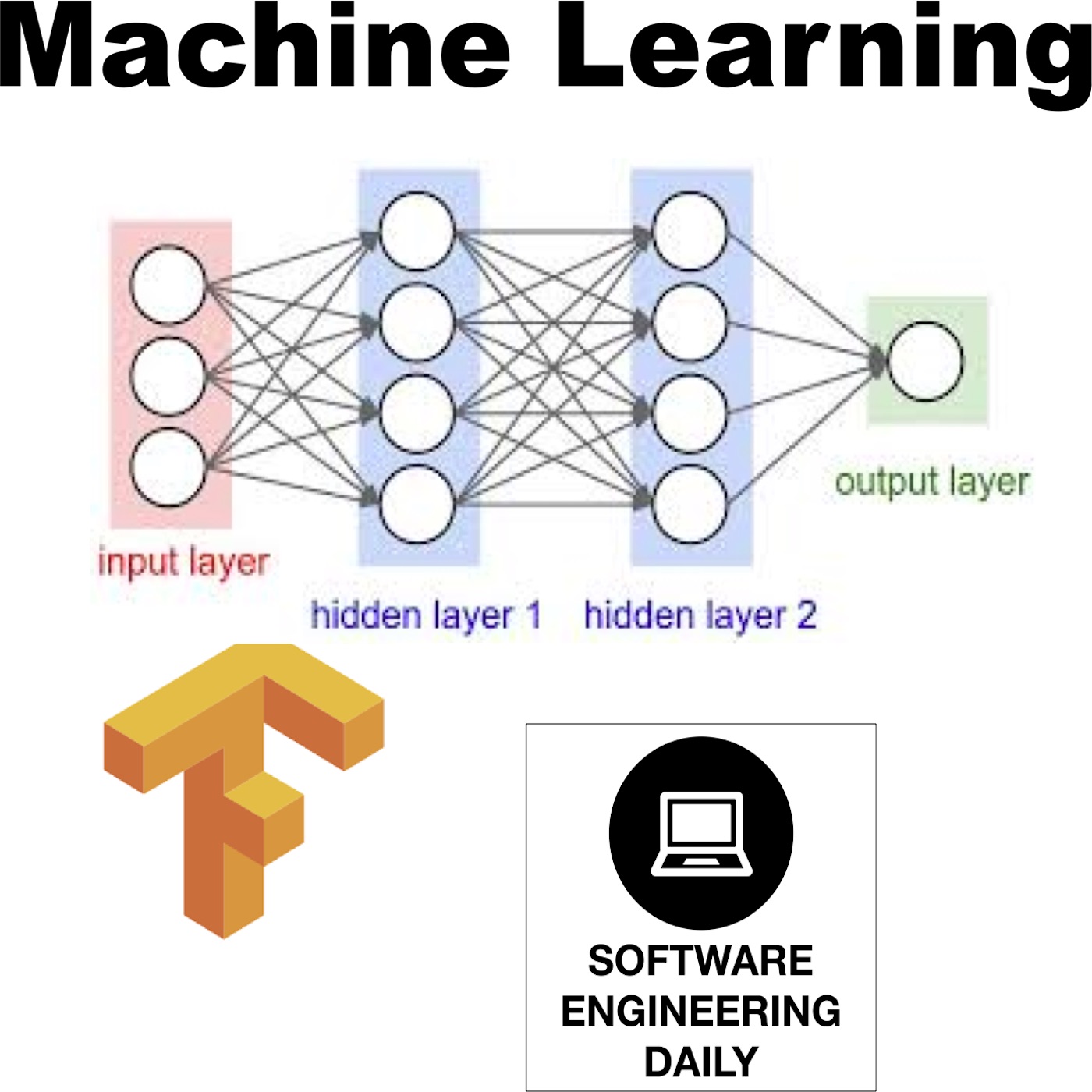
Deep Learning Topologies with Yinyin Liu

Machine Learning Archives - Software Engineering Daily
Shownotes Transcript
Algorithms for building neural networks have existed for decades. For a long time, neural networks were not widely used. Recent changes to the cost of compute and the size of our data have made neural networks extremely useful. Our smartphones generate terabytes of useful data. Lower storage costs make it economical to keep that data. Cloud computing democratized the ability to do large scale machine learning across deep learning hardware.
Over the last few years, these trends have been driving widespread use of deep learning, in which neural nets with a large series of layers are used to create powerful results in various fields of classification and prediction. Neural networks are a tool for making sense of unstructured data–text, images, sound waves, and videos.
“Unstructured” data is data with high volume or high dimensionality. For example, an image has a huge collection of pixels, and each pixel has a color value. One way to think about image classification is that you are finding correlations between those pixels. A certain cluster of pixels might represent an edge. After doing edge detection on pixels, you have a collection of edges. Then you can find correlations between those edges, and build up higher levels of abstraction.
Yinyin Liu is a principal engineer and head of data science at the Intel AI products group. She studies techniques for building neural networks. Each different configuration of a neural network for a given problem is called a “topology.” Engineers are always looking at new topologies for solving a deep learning application–such as natural language processing.
In this episode, Yinyin describes what a deep learning topology is and describes topologies for natural language processing. We also talk about the opportunities and the bottlenecks in deep learning–including why the tools are so immature, and what it will take to make the tooling better.
The post Deep Learning Topologies with Yinyin Liu) appeared first on Software Engineering Daily).